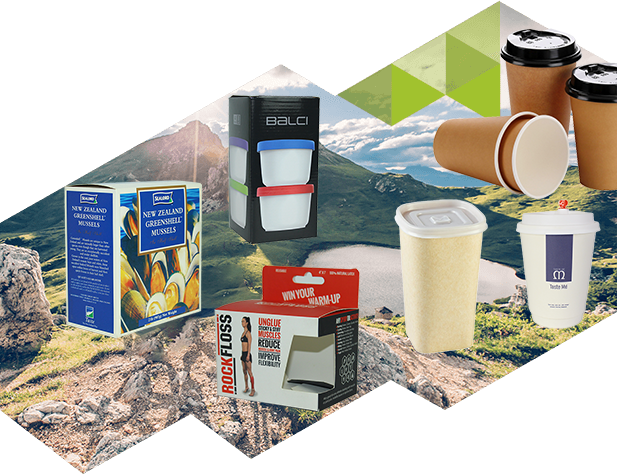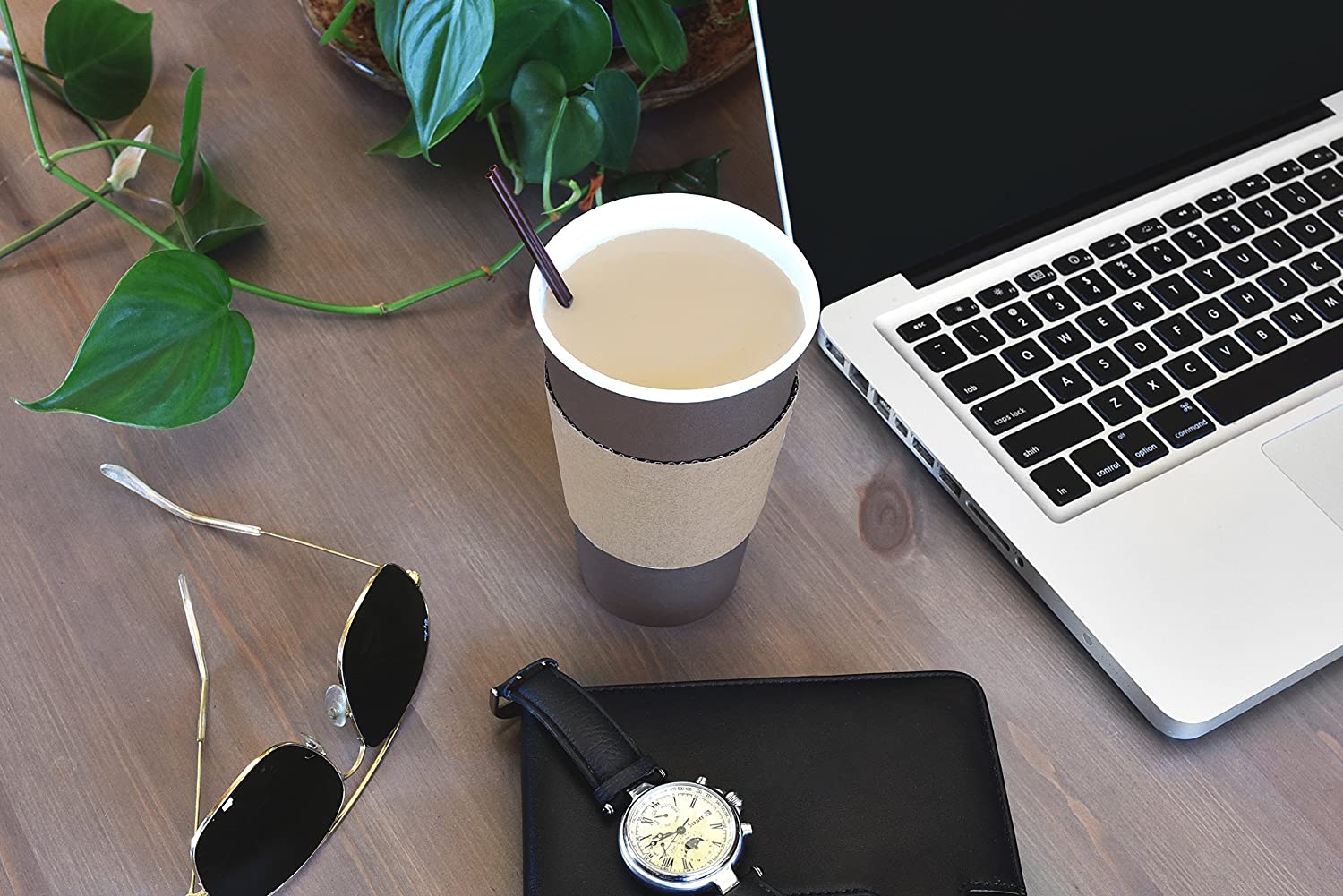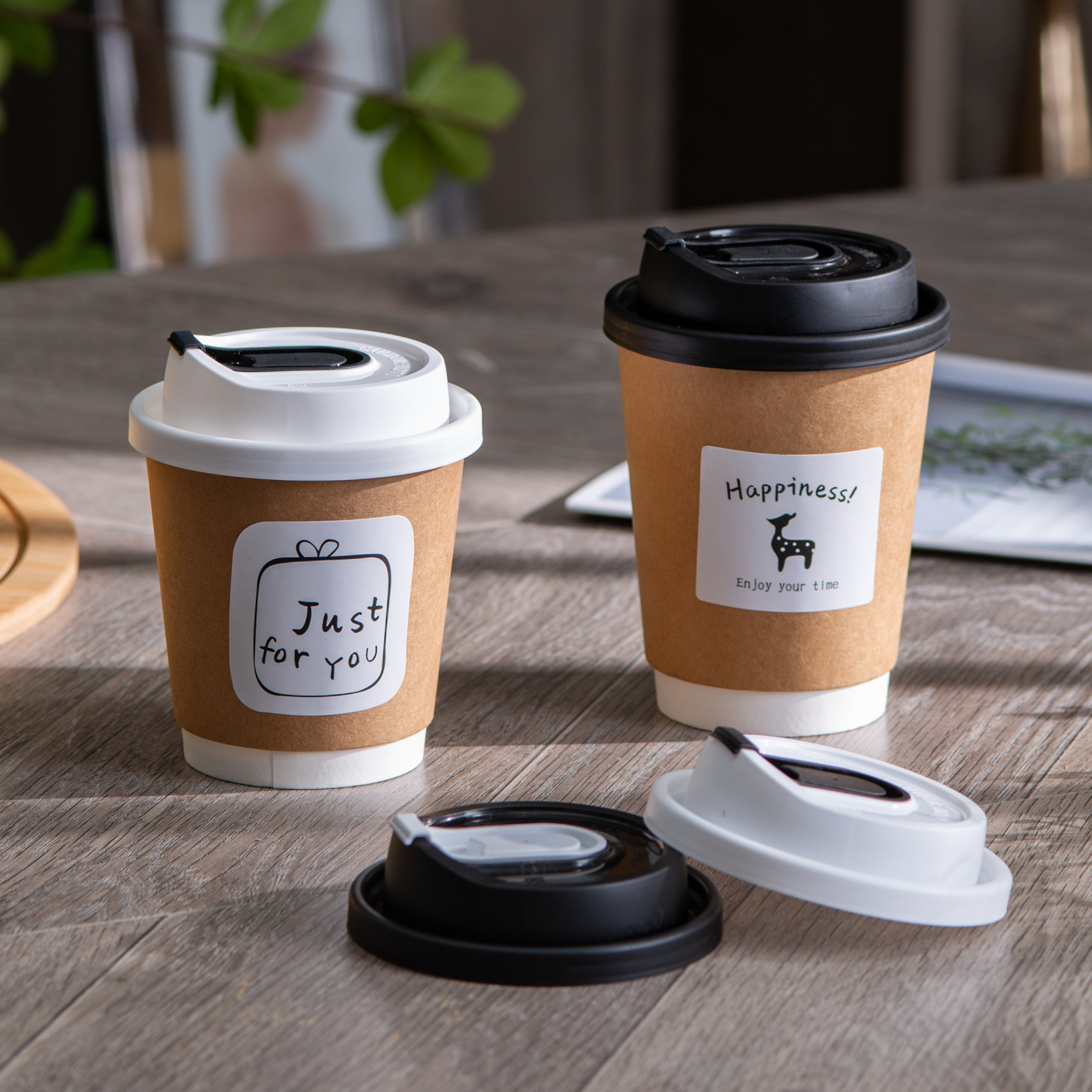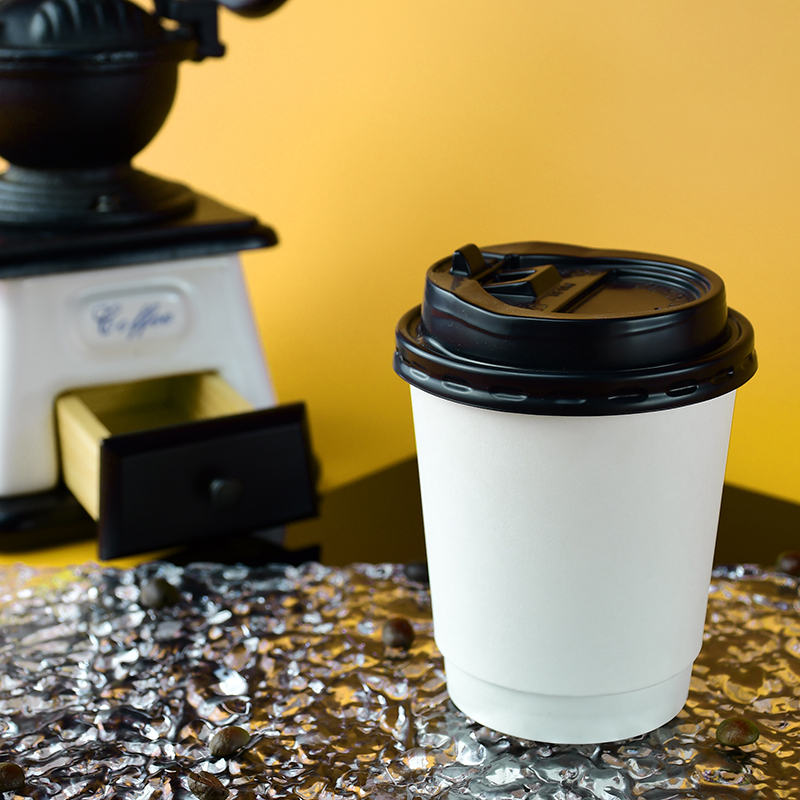B. Requirements for different materials in food grade certification
The different materials of paper cups require a series of tests and analyses in food grade certification. This can ensure its safety and health in contact with food. The process of food grade certification can ensure that the materials used in paper cups are safe and harmless, and meet the standards and requirements for food contact.
1. Food grade certification process for cardboard
As one of the main materials for paper cups, cardboard requires food grade certification to ensure its safety. The food grade certification process for cardboard typically includes the following steps:
a. Raw material testing: Chemical composition analysis of cardboard raw materials. This ensures that there are no harmful substances present. Such as heavy metals, toxic substances, etc.
b. Physical performance testing: Conduct mechanical performance testing on cardboard. Such as tensile strength, water resistance, etc. This ensures the stability and safety of the cardboard during use.
c. Migration test: Place cardboard in contact with simulated food. Monitor whether any substances migrate into food within a certain period of time to evaluate the safety of the material.
d. Oil proof test: Conduct coating test on cardboard. This ensures that the paper cup has good oil resistance.
e. Microbial testing: Conduct microbial testing on cardboard. This can ensure that there is no microbial contamination such as bacteria and mold.
2. Food grade certification process for PE coated paper
PE coated paper, as a common coating material for paper cups, also requires food grade certification. Its certification process includes the following main steps:
a. Material composition testing: Conduct chemical composition analysis on PE coating materials. This ensures that it does not contain harmful substances.
b. Migration test: Place PE coated paper in contact with simulated food for a certain period of time. This is to monitor whether any substances have migrated into the food.
c. Thermal stability test: Simulate the stability and safety of PE coating materials under high temperature conditions.
d. Food contact test: Contact PE coated paper with different types of food. This is to evaluate its suitability and safety for different foods.
3. Food grade certification process for PLA biodegradable materials
PLA biodegradable materials are one of the representative environmentally friendly materials. It also requires food grade certification. The certification process includes the following main steps:
a. Material composition testing: Conduct composition analysis on PLA materials. This can ensure that the raw materials used meet food grade requirements and do not contain harmful substances.
b. Degradation performance test: Simulate the natural environment, test the degradation rate of PLA under different conditions and the safety of degradation products.
c. Migration test: Place PLA materials in contact with simulated food for a certain period of time. This can monitor whether any substances have migrated into the food.
d. Microbial testing: Conduct microbial testing on PLA materials. This ensures that it is free from microbial contamination such as bacteria and mold.





